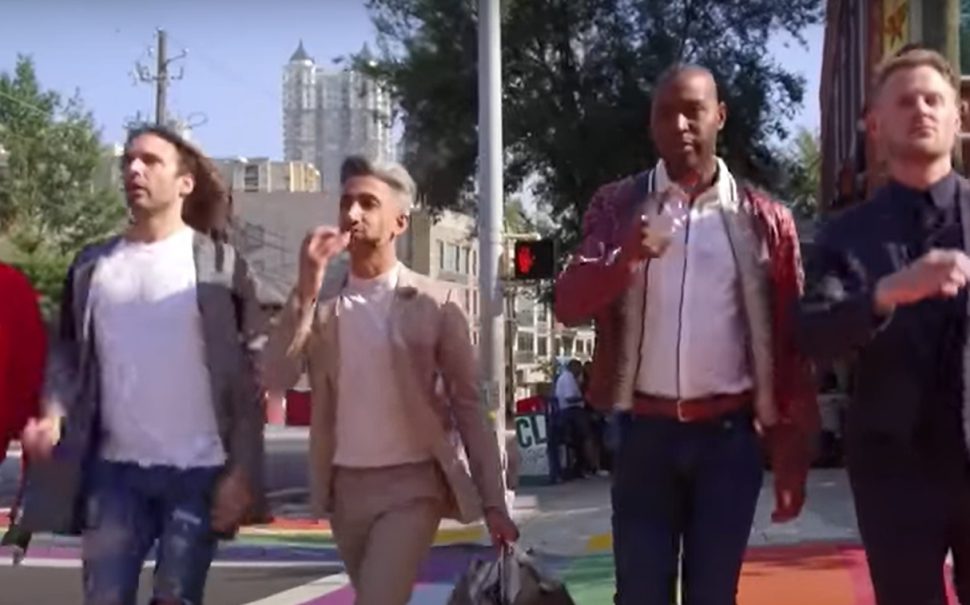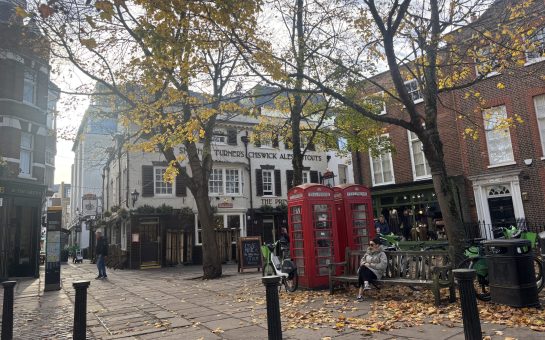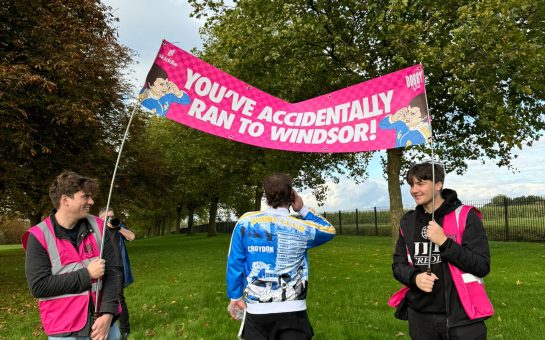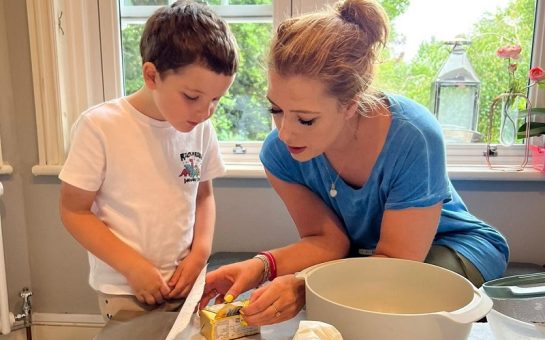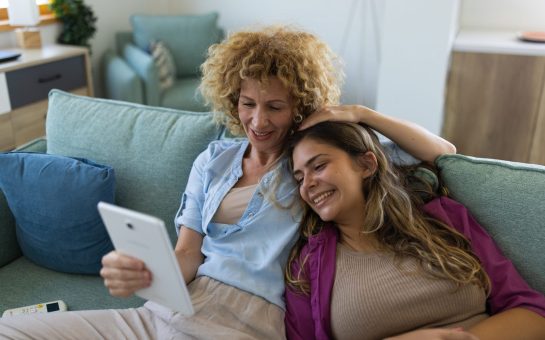Queer Eye shows us what a world of acceptance and inclusion could look like.
You can’t help but smile and feel joy at this reality TV programme that offers struggling individuals a life makeover with a multi-phased approach including fashion, hair/beauty, food, home and therapy.
Maybe it’s the idea that our deepest life issues could be turned around in a week, maybe it’s the pep in their step or maybe, it’s the lighthearted nature of it all.
While on the surface Queer Eye seems like just another makeover program, the dimensional, multi-layered tone of Queer eye opens up many conversations about race, gender and sexuality in a judgement-free and easy to digest format.
Again, simply from an outside perspective, this point may be oversimplified and ignorantly argued due to the fact that the Fab Five are gay and non-binary.
However, often the fact that the hosts are gay/non-binary is often not the focus of the programme at all. It is much more complex, each of the five hosts also having gone through their own difficulties throughout life from homelessness to drug addiction and abuse which brings a raw sincerity to the conversations had within each episode and is what takes the program from shallow makeover to something of meaning.
Despite this, each host, Jonathan Van Ness, Karamo Brown, Antoni Porowski, Tan France and Bobby Berk has unwavering positivity, patience and warmth that allows acceptance despite the individual being ‘made-over’ occasionally expressing prejudiced views against race, homosexuality or gender.
They often explain and break down stereotypes however crucially, they do not apologise for who they are which is why Queer Eye offers a safe space and model for inclusion that is admired.
There is no doubt that these conversations are enabled by the structure of the show itself and offer protection for the hosts where this is not the case in day to day life, nevertheless, I still believe the program is a positive force in opening up and talking about how to navigate conversations around gender and sexuality.
